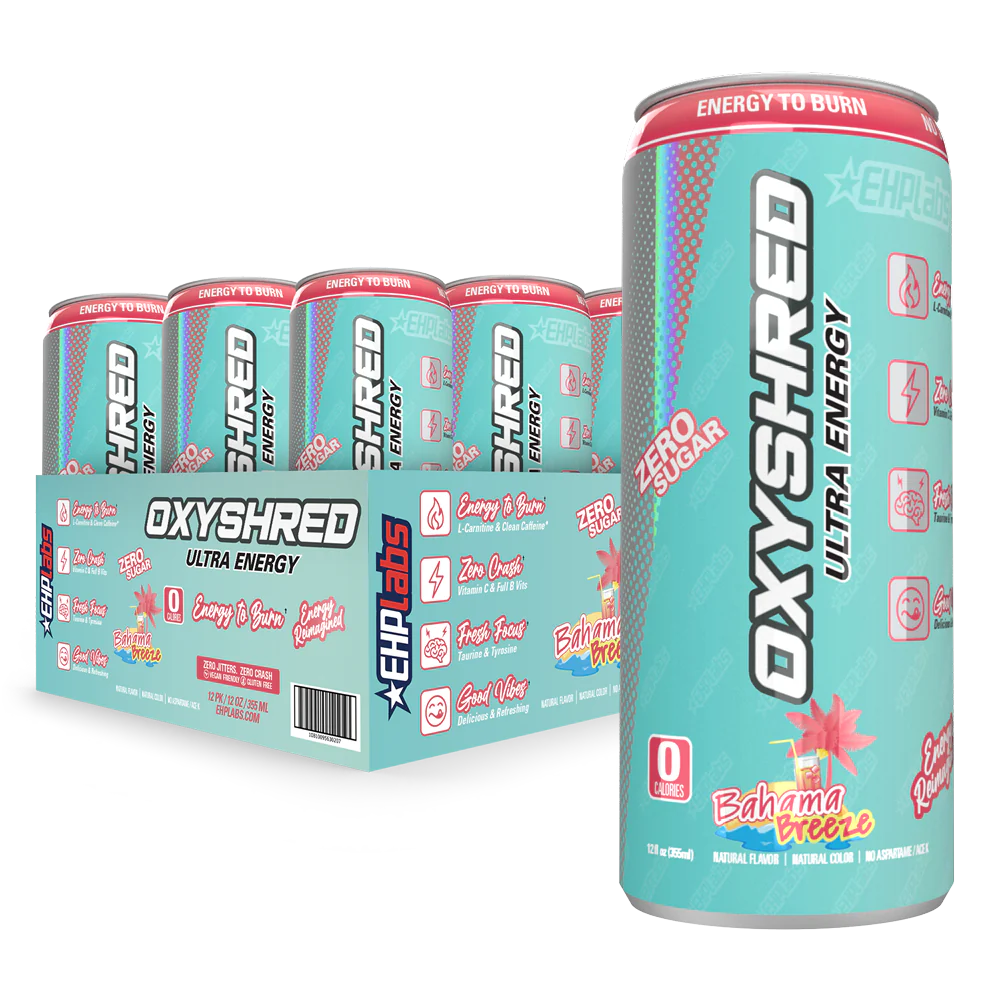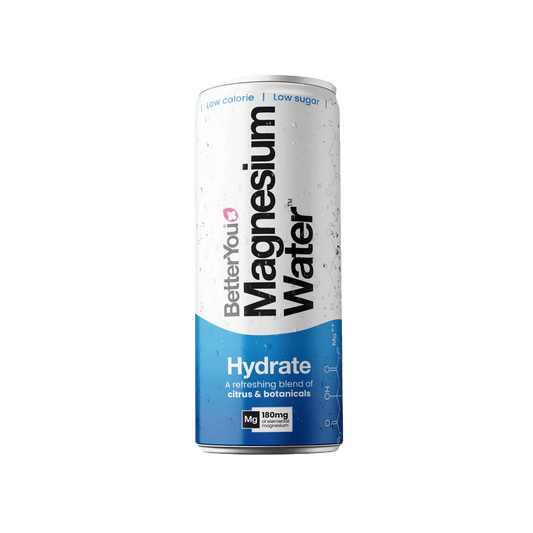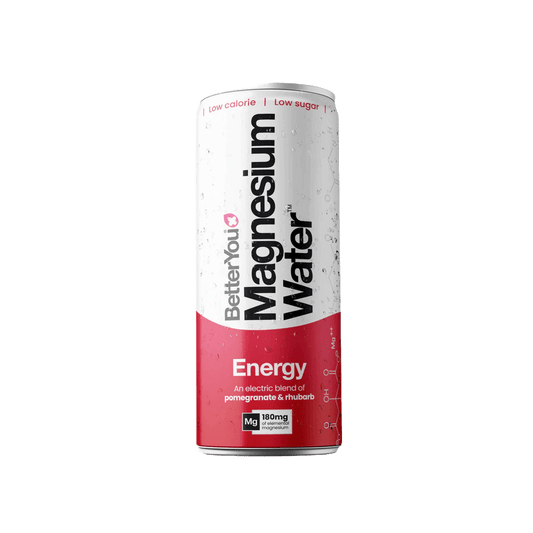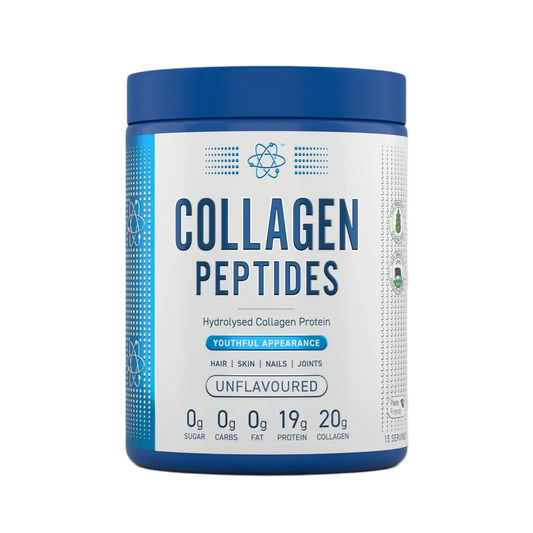Introduction: Hit Your Protein With Less Food
When you’re chasing strength, muscle, or just better recovery, everyone says the same thing: “Eat more protein.” Easy advice if you’ve got a big appetite — but what if eating feels like a chore? If you’re naturally a small eater, struggle with appetite after training, or just find heavy meals unappealing, getting enough protein can feel impossible.
The good news? There are smart ways to hit your protein goals without stuffing yourself with chicken and rice all day. Let’s break down the best strategies — and the supplements that make it easier.
1) How to Eat More Protein With Low Appetite
The first rule of eating with low appetite is don’t force giant meals. Instead, focus on protein-dense, easy-to-consume options in smaller servings.
-
Greek yoghurt, eggs, and cottage cheese are compact, high-protein foods.
-
Nut butters and hummus add protein with healthy fats in small volumes.
-
Smoothies are the ultimate hack: blend whey protein with fruit and nut butter for a meal that’s easier to drink than chew.
💡 Pro tip: Split your protein goal into 5–6 smaller meals/snacks. Hitting 20g six times is far easier than trying to push through three giant 40g meals.

2) What Should I Eat if My Appetite Is Low?
If your stomach feels “shut off,” heavy foods will only make it worse. That’s where light, easy-to-digest proteins shine.
Clear whey protein — like Combat Fuel Clear Whey or Reflex Clear Whey Isolate — mixes like juice instead of milk, so it feels refreshing rather than filling. It’s perfect if you don’t want a thick shake sitting heavy in your stomach.
Pair it with fruit for a snack that hydrates and nourishes without overwhelming your appetite.
3) How to Get Protein if You Are a Picky Eater?
Being picky doesn’t have to mean missing your protein goals. Flavoured whey proteins like Per4m Advanced Whey come in a wide variety of dessert-style flavours — think Chocolate Brownie or Vanilla Ice Cream — making it easier to find something you’ll actually enjoy drinking.
You can also “sneak” protein into foods you already like:
-
Add a scoop of whey to oats or cereal.
-
Stir collagen peptides into coffee or tea (they’re unflavoured).
-
Blend protein powder into pancake mix for an effortless upgrade.

4) How to Get 100 Grams of Protein a Day Without Supplements?
While supplements make life easier, it’s possible to hit 100g naturally with smart food choices:
-
3 eggs + 200g Greek yoghurt = ~40g
-
1 chicken breast = ~30g
-
1 tin of tuna = ~25g
-
A handful of nuts = ~10g
That’s already 100g, but realistically most low-appetite eaters struggle to consistently eat this much. That’s why adding protein powder — even just 1 scoop a day — often makes the difference.

5) How Do I Force Myself to Eat if I Have No Appetite?
The trick here isn’t to force-feed — it’s to drink your calories. Mass gainers are designed exactly for this situation: high in protein and carbs but easy to sip.
USN Muscle Fuel Anabolic is a go-to because it packs serious nutrition into a shake that’s lighter than trying to chew through a giant meal. If you can’t face eating, this is one of the most efficient options.
💡 Pro tip: If a full gainer shake feels like too much, split it into two servings. Half in the morning, half in the evening still gets the job done without bloating you.
✅ Recap of Part 1
So far, we’ve covered:
-
How to boost protein intake without overwhelming meals.
-
Why clear whey is the best protein for low appetite eaters.
-
How picky eaters can still hit their protein targets with flavour variety.
-
Why mass gainers are a lifesaver if eating feels impossible.
-
A practical 100g protein plan without supplements (but why adding them helps).
Products highlighted so far:
- Combat Fuel Clear Whey
- Reflex Clear Whey Isolate
- Per4m Advanced Whey
- Applied Nutrition Collagen Peptides
- USN Muscle Fuel Anabolic
🔜 Part 2 will cover:
-
Which proteins help with weight gain vs lean mass.
-
How to use vitamins to restore appetite.
-
The best protein sources if you avoid meat.
-
High-calorie but easy-to-eat foods.
-
FAQs for low-appetite eaters who still want muscle and energy.
What’s the Best Protein for Low-Appetite Eaters? (Part 2)
6) What to Eat to Gain Weight if You Have No Appetite?
If you’re underweight or trying to bulk, low appetite can feel like your biggest obstacle. The secret is to focus on calorie-dense foods that don’t take up much space.
-
Nut butters (1 tablespoon = 100+ calories with protein).
-
Cheese or cottage cheese.
-
Smoothies blended with oats, fruit, and a scoop of protein powder.
-
Liquid calories from shakes or smoothies are far easier than eating heavy meals.
💡 Pro tip: Don’t just rely on shakes alone — add them between small meals. A shake mid-morning and one before bed can add 40–60g of protein daily without forcing big plates of food.
7) What Food Is High in Calories but Easy to Eat?
When appetite is low, you want foods that “pack a punch.”
-
Trail mix (nuts, dried fruit, dark chocolate).
-
Peanut butter on toast.
-
Protein bars — small, sweet, but high in protein and calories.
- Greek yoghurt with honey and granola

8) What Foods Bring Back Appetite?
Sometimes low appetite isn’t about what you’re eating but how your body feels. Certain nutrients can naturally encourage appetite:
-
Zinc — deficiencies can dull taste and reduce appetite.
-
B vitamins — help convert food into energy and may stimulate hunger.
-
Citrus and ginger — natural appetite stimulants.
Adding a quality multivitamin like Applied Nutrition Multi-Vitamin Complex can help cover nutrient gaps that affect appetite signals.
9) How to Get 40 Grams of Protein Without Meat?
Whether you’re vegetarian, plant-curious, or just sick of chicken breast, hitting protein without meat is very doable:
-
Dairy: Greek yoghurt, cottage cheese, whey protein.
-
Legumes: lentils, beans, chickpeas.
-
Plant-based proteins: soy, pea, or rice protein powders.
💡 Pro tip: Combine plant-based proteins with dairy or collagen to cover all essential amino acids.
Product recommendation: Combat Fuel Clear Whey for a refreshing 20g serving + Applied Nutrition Collagen Peptides for joint and recovery support = an easy 40g combo without meat.
10) What Vitamins Can Boost Appetite?
Low energy and low appetite often go hand in hand. The vitamins that support appetite and energy include:
-
Vitamin B12 — crucial for energy metabolism.
-
Vitamin D — low levels link to fatigue and mood drops.
-
Magnesium — supports relaxation and digestion.
-
Omega-3s — can help regulate hunger hormones like leptin and ghrelin.
💡 Pro tip: Pairing a protein shake with a multivitamin ensures you’re not only building muscle but also giving your body what it needs to want food again.
Recommended stack for appetite support:
- Per4m Advanced Whey Protein
- Applied Nutrition Multi-Vitamin Complex
- Supplement Needs Omega 3
- BetterYou Magnesium Water
- USN Muscle Fuel Anabolic

✅ Recap of Part 2
We’ve explored:
-
How to bulk even with low appetite.
-
High-calorie foods that are easy to finish.
-
Non-meat protein strategies.
-
Nutrients and vitamins that restore appetite naturally.
-
The ultimate low-appetite supplement stack.
🏁 Conclusion
If you’re a low-appetite eater, hitting your protein goals doesn’t have to feel impossible. From clear whey proteins that drink like juice, to mass gainers that pack calories into a shake, to the right vitamins that help regulate appetite, you can still fuel muscle growth, recovery, and energy — without the constant battle of force-feeding.
Think of supplements not as replacements for food, but as shortcuts to keep your nutrition on track when appetite isn’t on your side. With the right strategy, you’ll get stronger, recover faster, and stop feeling like your stomach is holding back your goals.





